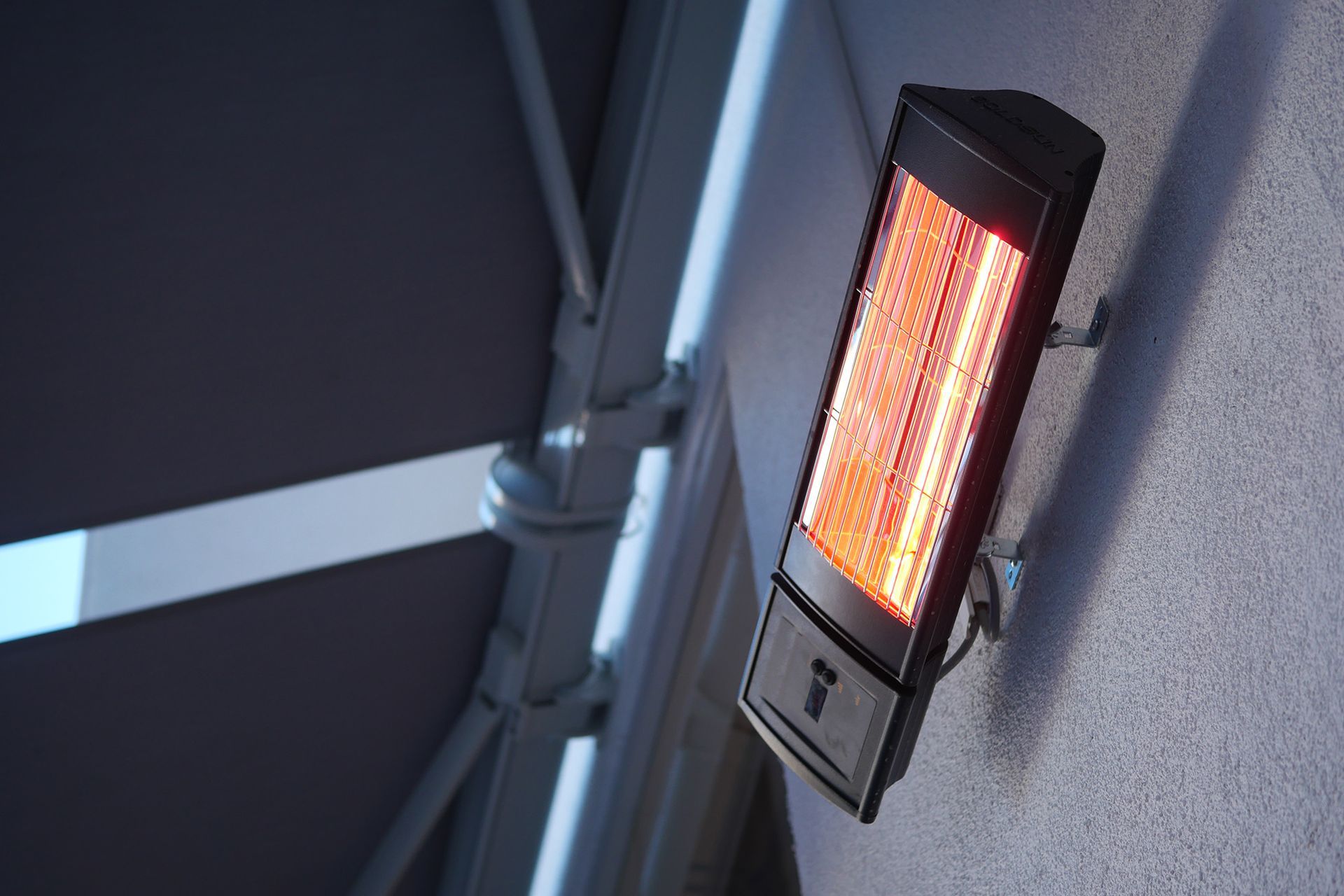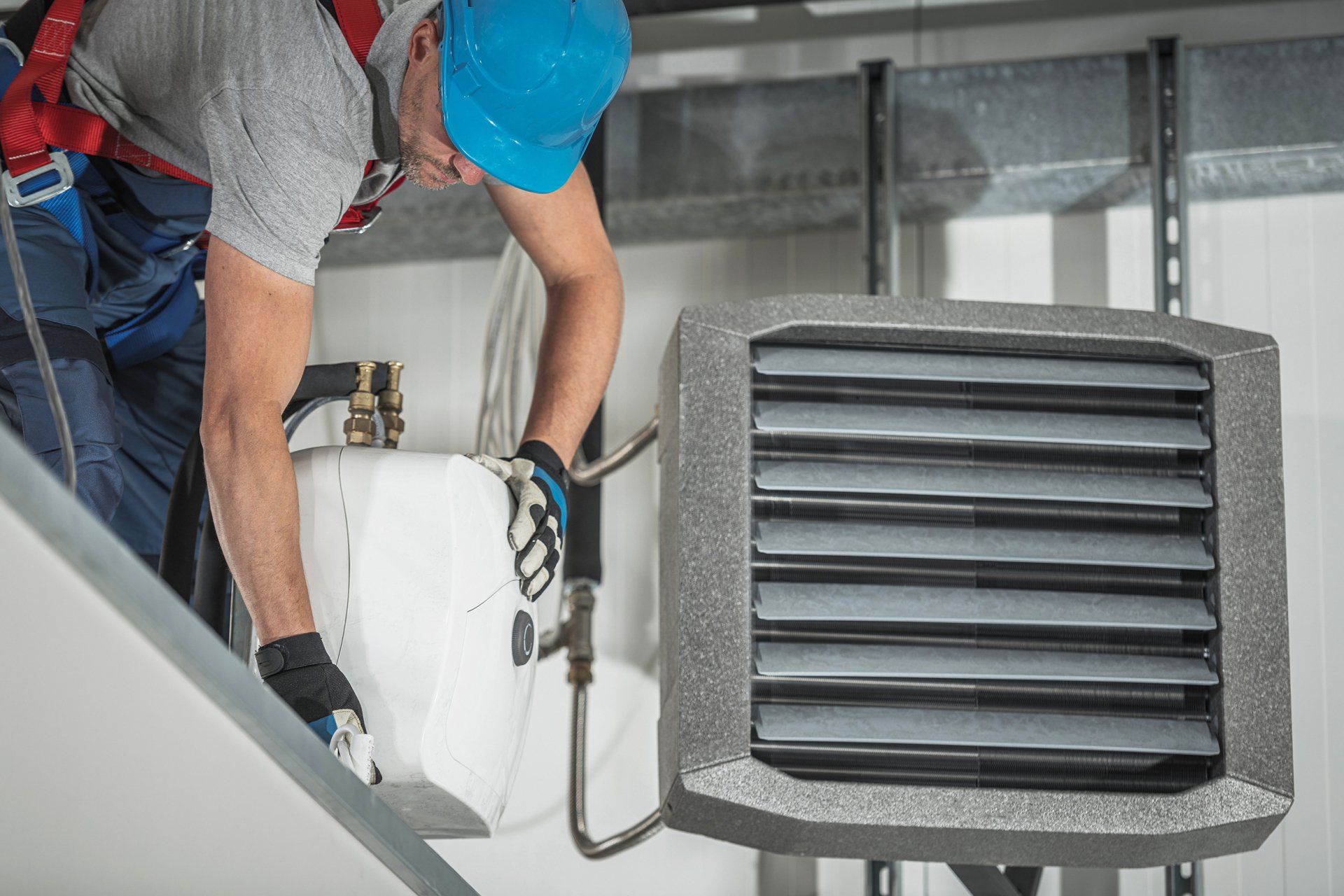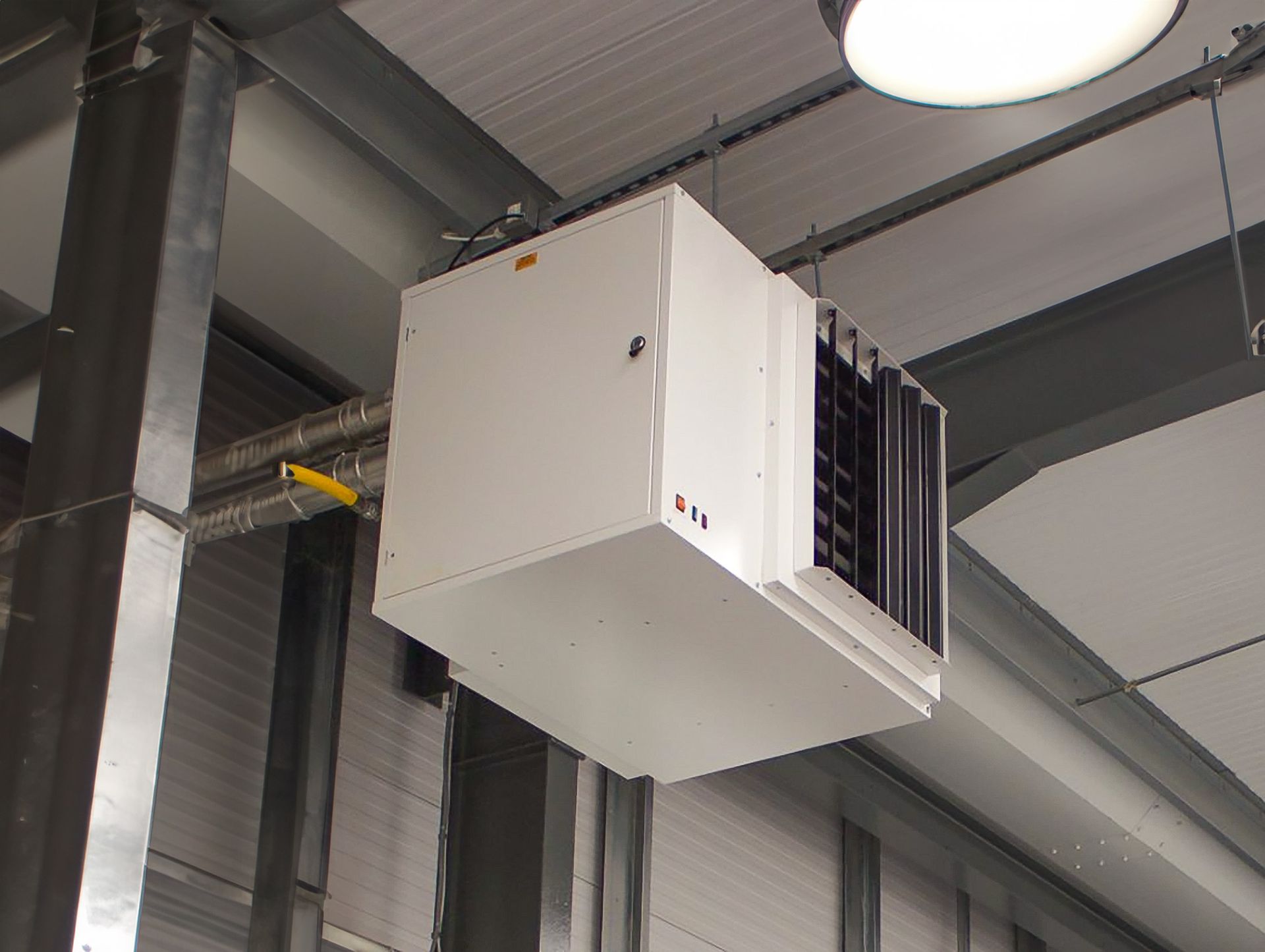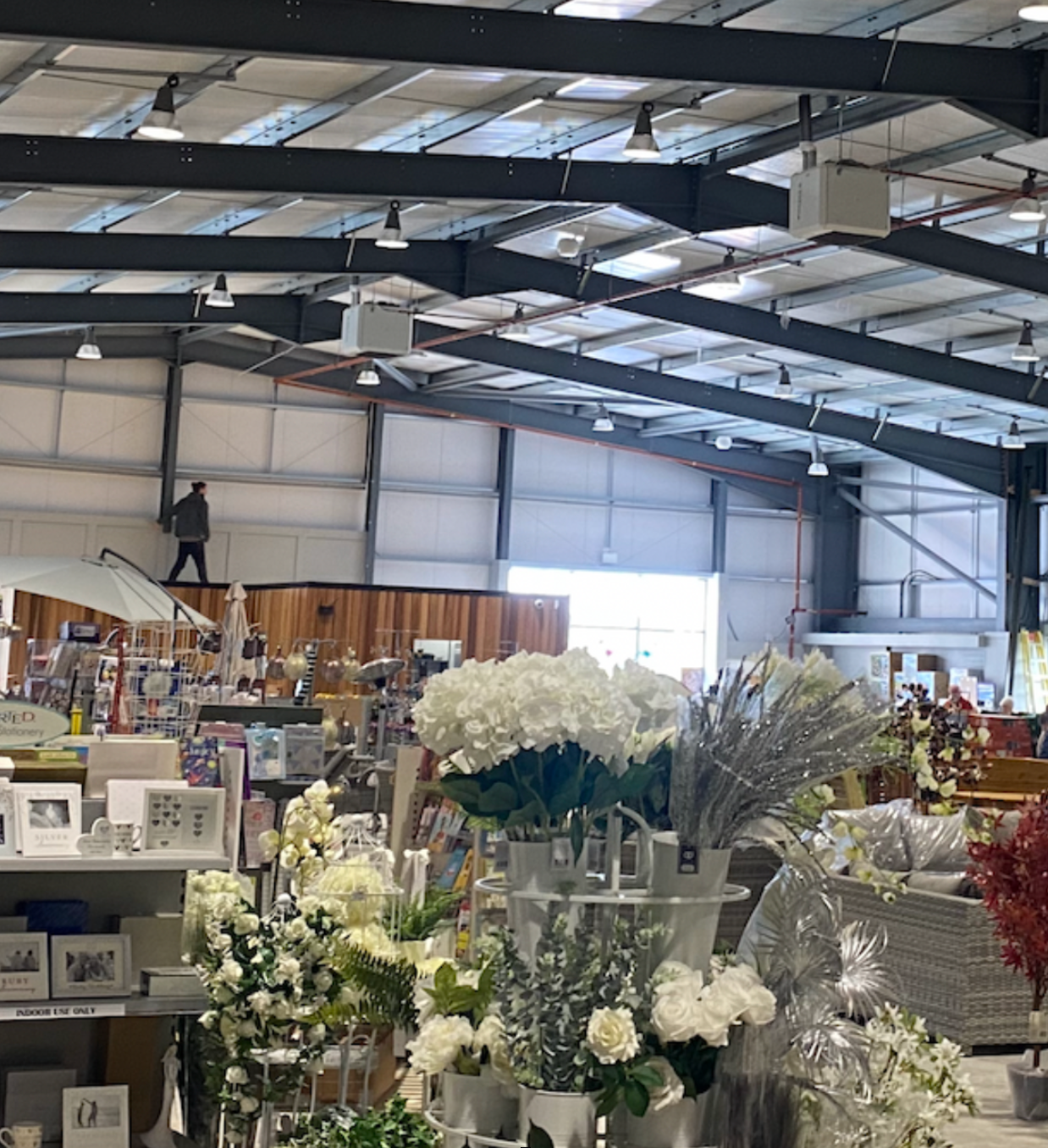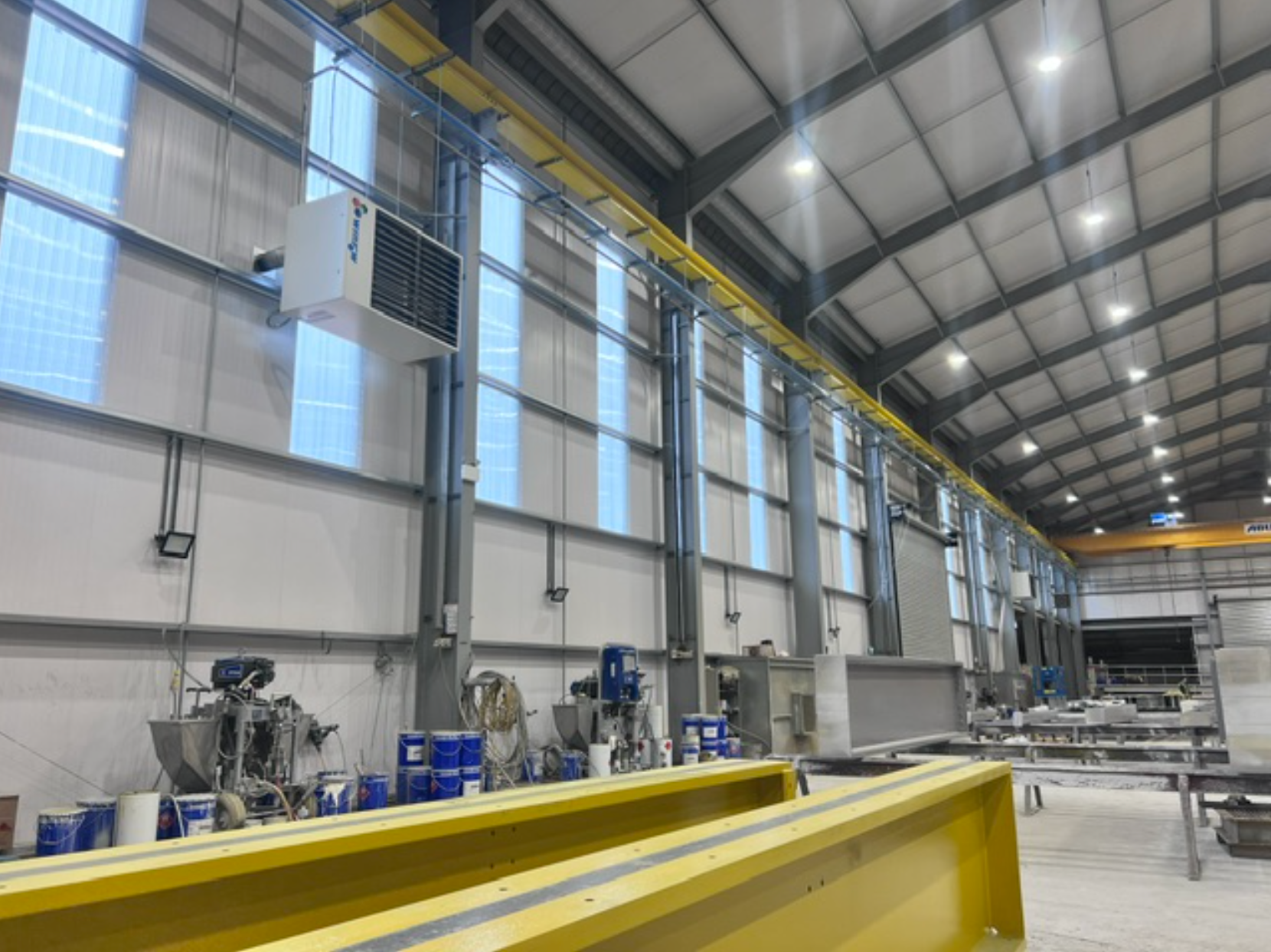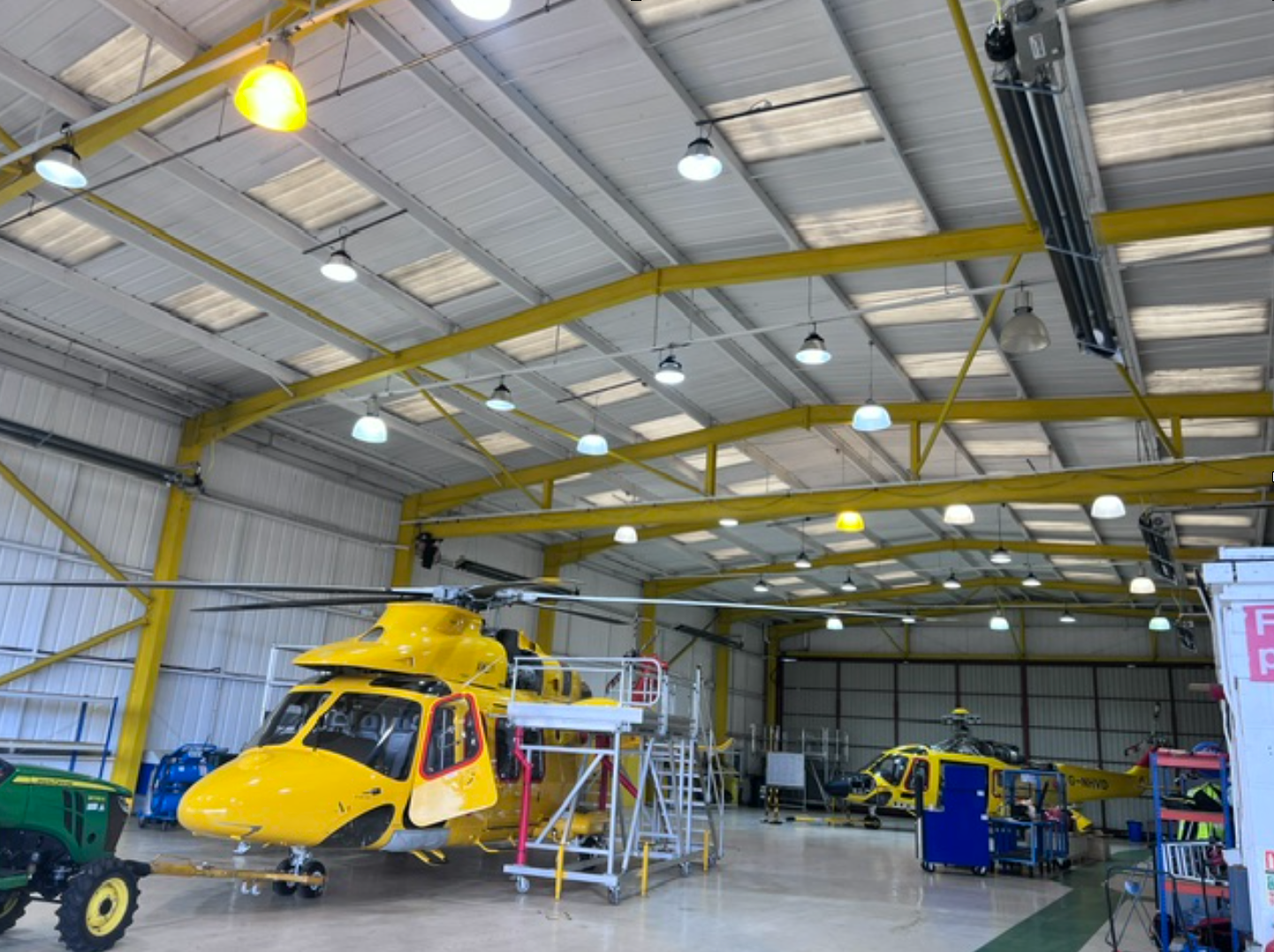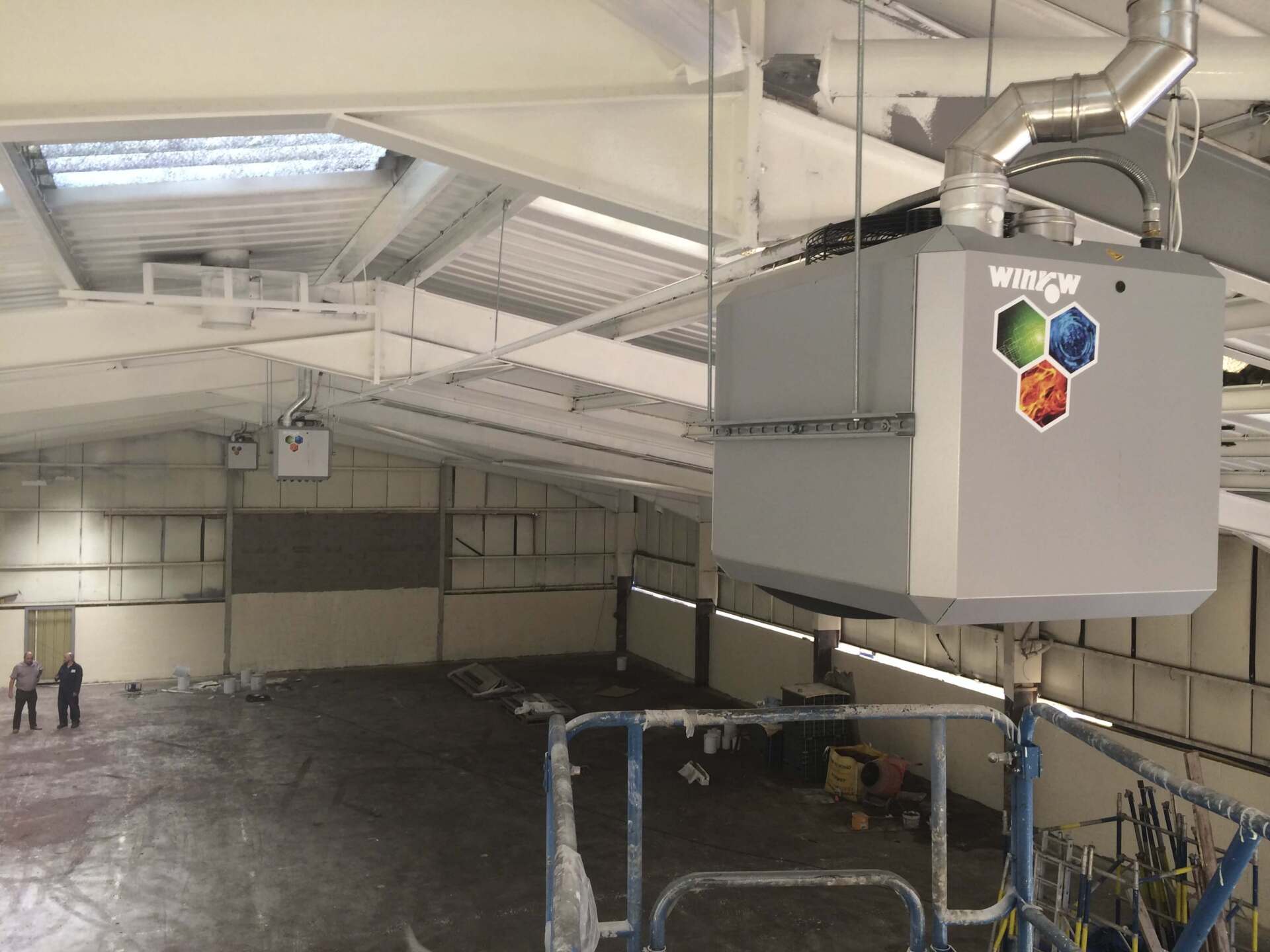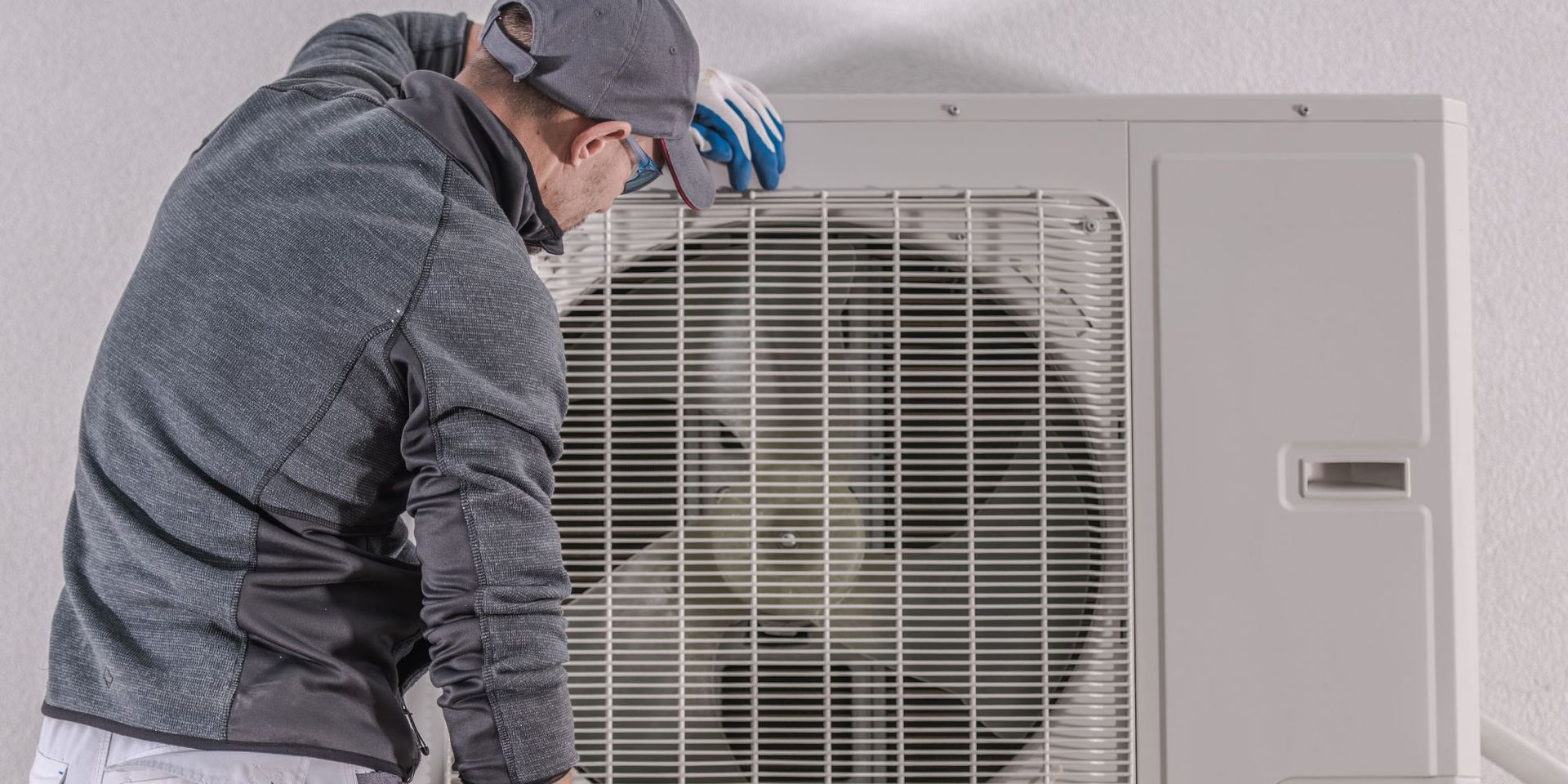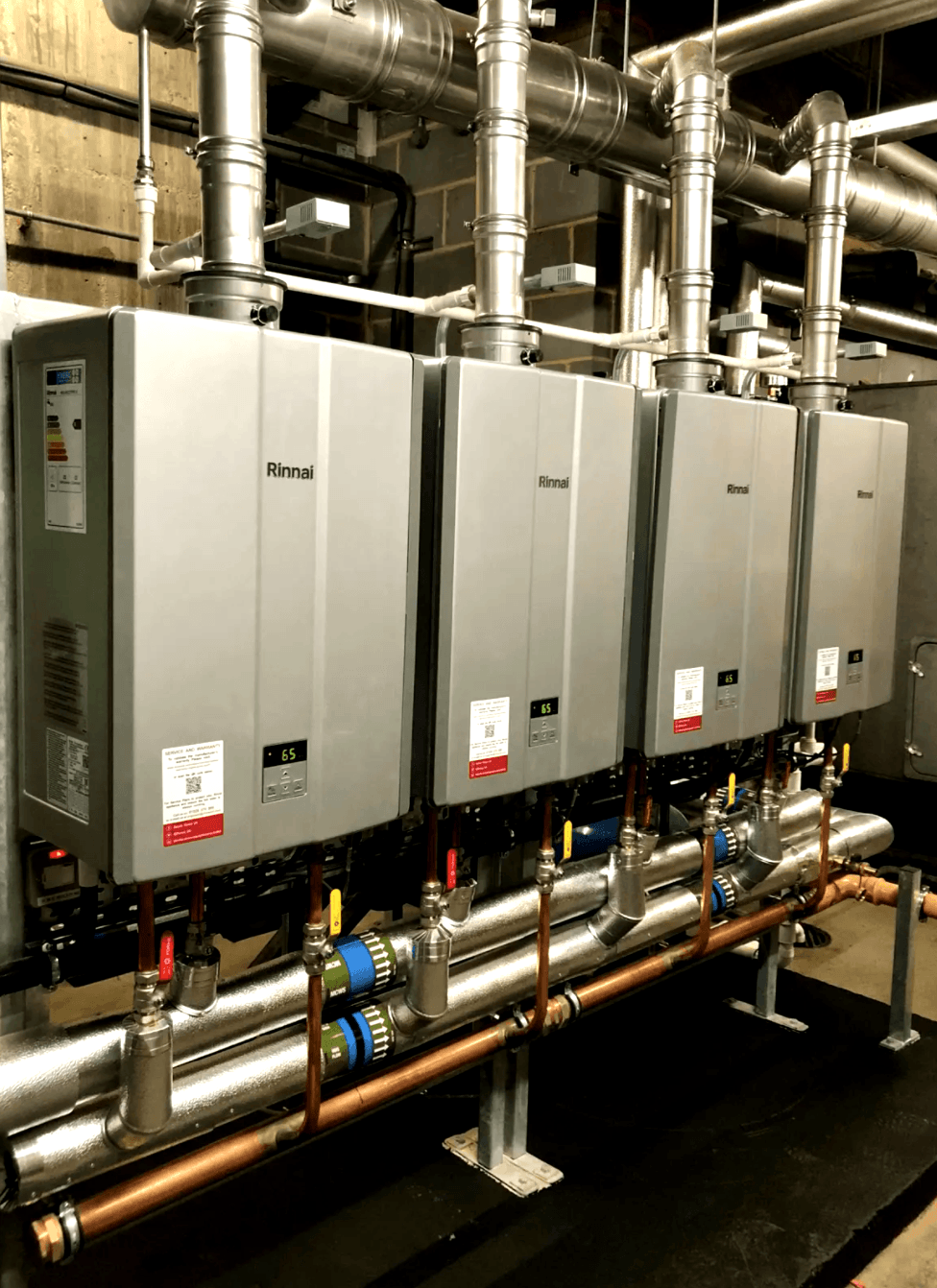Warehousing: Warm Air or Radiant Heating?
Heating a warehouse can be difficult for any employer usually due to the size. It is important that it is done effectively, efficiently and that there is adequate heat distribution throughout. If these criteria are not met it can cause workers to experience discomfort and lower productivity. It can also waste energy which means higher costs for your company and a higher carbon emission output. There are however various heating solutions you can use to heat a warehouse without encountering these issues.
When it comes to heating a warehouse you have two main options; warm air heating and radiant heating. Most companies will choose warm air heating as there are many different types to choose from and they tend to be the most energy efficient option.
What is Warm Air Heating?
Warm air heating is exactly what it sounds like, it warms the air and keeps the working environment at a good temperature for employees. It works by drawing air in across a heat exchanger which then increases its temperature. A fan then distributes this heated air throughout the warehouse. To heat the air you can use a variety of heat sources such as electric heaters, gas/oil burners or an LPG heater (liquefied petroleum gas). More modern air heaters now are available in condensing versions which are similar to condensing boilers in that they are very energy efficient. Generally these types of heaters are suspended from the roofs of warehouses or mounted at the top of the walls. In terms of heat distribution, this type of system will successfully distribute the warm air throughout the space so there won’t be any variation in temperature. The key to maintaining this is to make sure that it is not blocked by anything and the air can move freely throughout the warehouse.
Radiant heating is slightly different in that they consist of radiant tubes or radiant plaque heaters which are either mounted on the wall or suspended. It works by emitting infra-red radiation which then provides heat for employees. However, the reason that it is not as popular as warm air heating is because it does not heat the air that passes through it. Because of this the heat distribution can tend to be quite limited and to receive any heat, employees will need to be directly in front of it. If the warehouse has lots of materials or objects which will block this heat they may not be appropriate to use. But, if the warehouse is not blocked by anything it might be the best option, especially if there are areas of the warehouse which are open to the air outside.
Every warehouse space is different and there is no guaranteed heating solution that will work for all. When looking for a heating system you need to make sure that it meets the specific requirements of what you will need to be effective and efficient. You may want to consider seeking professional advice before purchasing anything as well to ensure that you have the best solution to suit your warehouse needs.
At Winrow we have years of experience evaluating and installing heaters in industrial settings, including warehouses. For a FREE QUOTE and expert advice contact us now on 08000 588 035.
Share This Post.
Latest News | Winrow Industrial Heating
